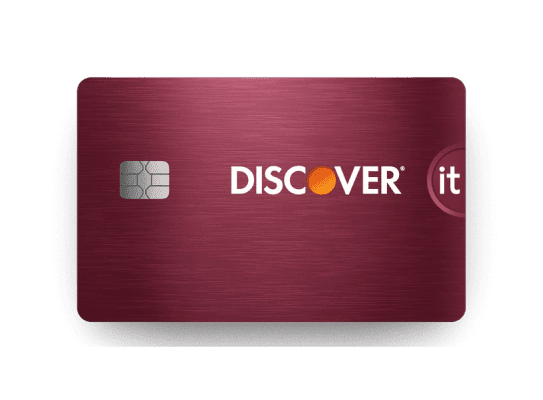Good credit management can have a significant impact on your overall financial health. With the right credit habits, you can reach many important goals, like buying a home or getting a car. But, if you're new to credit, one question that you may have is how much of your credit you should use.
While the answer differs based on your personal circumstances, there are some things that you should keep in mind to make more informed decisions about your credit usage. One thing you may want to consider is your credit utilization ratio.






